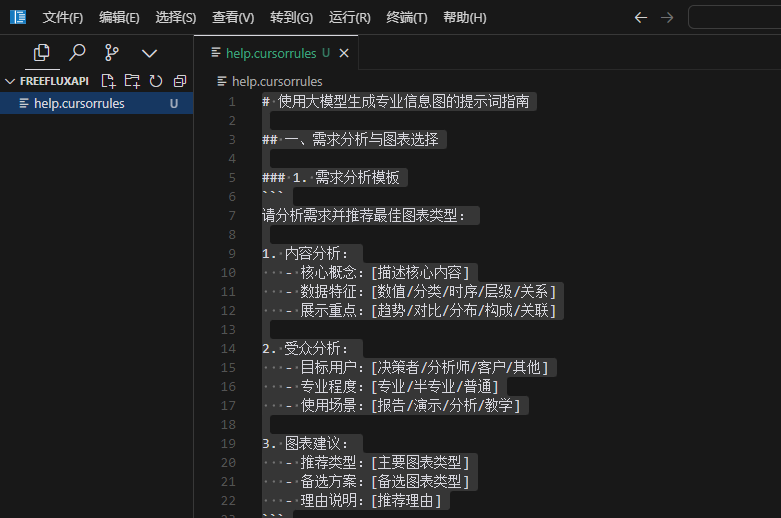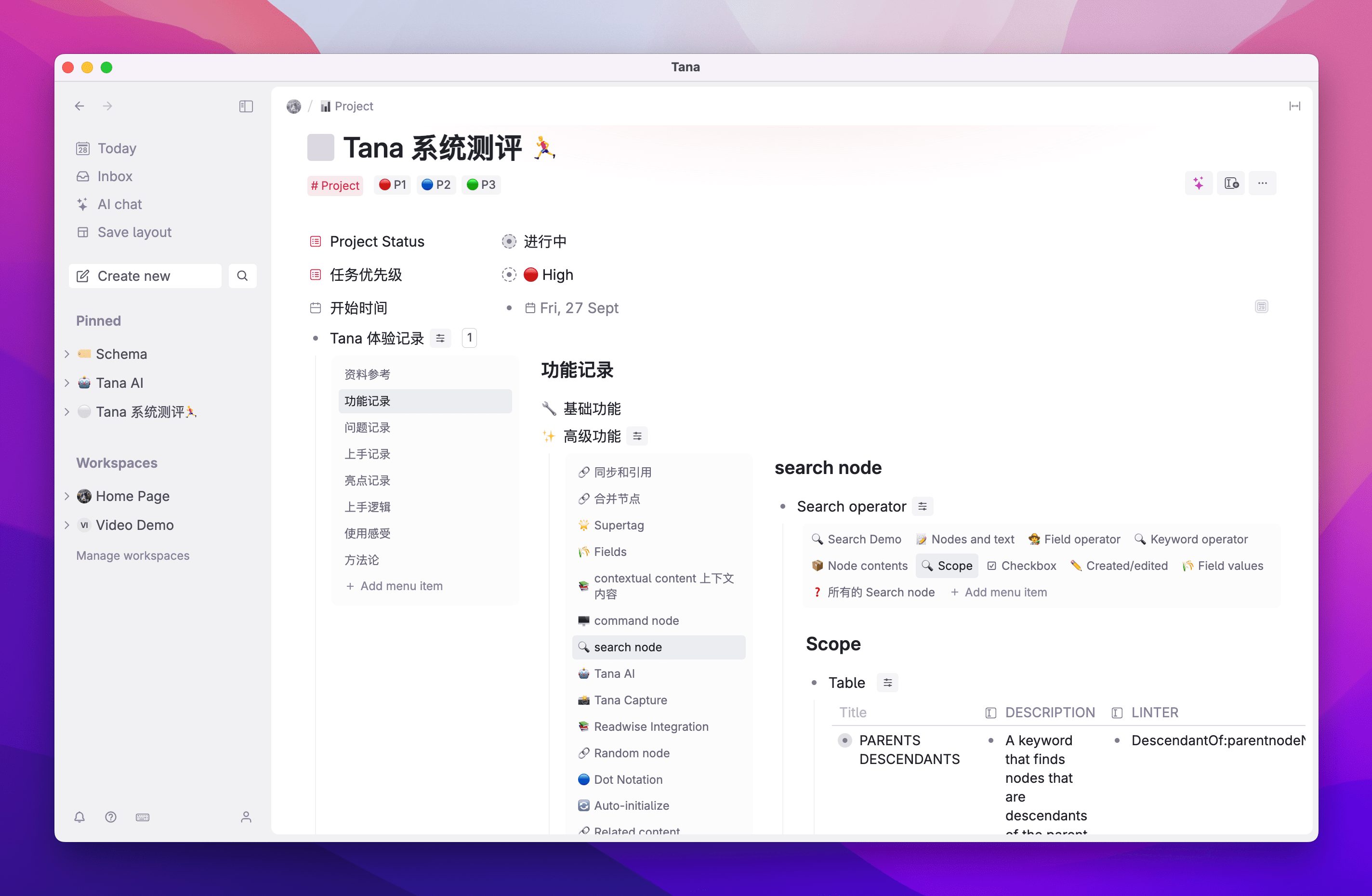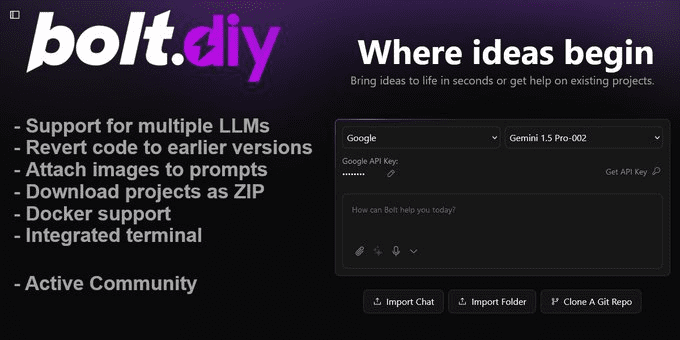Erstellung einer nativen RAG-Anwendung mit Ollama+LangChain
Das Tutorial setzt voraus, dass Sie mit den folgenden Konzepten bereits vertraut sind.
- Chat-Modelle
- Verkettung von Runnables
- Einbettungen
- Vektorspeicher
- Abruf-erweiterte Generierung
Viele beliebte Artikel wie lama.cpp , Ollama und lamafile zeigt, wie wichtig es ist, große Sprachmodelle in lokalen Umgebungen einzusetzen.
LangChain ist ähnlich wie eine Reihe von lokal betriebenen Open-Source-LLM-Anbieter Es gibt Integrationen, und Ollama ist eine davon.
Umgebungseinstellungen
Zunächst müssen wir die Umgebung einrichten.
Das GitHub-Repository von Ollama enthält eine detaillierte Beschreibung, die wie folgt zusammengefasst ist.
- Herunterladen und Ausführen der Ollama-Anwendung
- In der Befehlszeile finden Sie die Ollama-Modellliste und die Liste der Modelle zur Texteinbettung Ziehen des Modells. In diesem Lernprogramm nehmen wir die
llama3.1:8bim Gesang antwortennomic-embed-textBeispiel.- Kommandozeileneingabe
ollama pull llama3.1:8bGenerische Open-Source-Modelle für große Sprachen abrufenllama3.1:8b - Kommandozeileneingabe
ollama pull nomic-embed-textziehen Modell der Texteinbettungnomic-embed-text
- Kommandozeileneingabe
- Wenn die Anwendung läuft, befinden sich alle Modelle automatisch in der
localhost:11434flussaufwärts fahren - Beachten Sie, dass Sie bei der Auswahl des Modells Ihre lokalen Hardware-Fähigkeiten, die Referenz-Videospeichergröße für dieses Tutorial
GPU Memory > 8GB
Als nächstes installieren Sie die Pakete, die für die lokale Einbettung, die Vektorspeicherung und die Modellinferenz erforderlich sind.
# langchain_community
%pip install -qU langchain langchain_community
# Chroma
%pip install -qU langchain_chroma
# Ollama
%pip install -qU langchain_ollama
Note: you may need to restart the kernel to use updated packages.
Note: you may need to restart the kernel to use updated packages.
Note: you may need to restart the kernel to use updated packages.
Sie können auch siehe diese Seite für eine vollständige Liste der verfügbaren Einbettungsmodelle
Dokument laden
Lassen Sie uns nun ein Beispieldokument laden und teilen.
Wir werden den Artikel von Lilian Weng über Agent Blog (Lehnwort) Ein Beispiel.
from langchain.text_splitter import RecursiveCharacterTextSplitter
from langchain_community.document_loaders import WebBaseLoader
loader = WebBaseLoader("https://lilianweng.github.io/posts/2023-06-23-agent/")
data = loader.load()
text_splitter = RecursiveCharacterTextSplitter(chunk_size=500, chunk_overlap=0)
all_splits = text_splitter.split_documents(data)
Als nächstes wird der Vektorspeicher initialisiert. Das von uns verwendete Modell zur Texteinbettung lautet nomic-embed-text .
from langchain_chroma import Chroma
from langchain_ollama import OllamaEmbeddings
local_embeddings = OllamaEmbeddings(model="nomic-embed-text")
vectorstore = Chroma.from_documents(documents=all_splits, embedding=local_embeddings)
Jetzt haben wir eine lokale Vektordatenbank! Lassen Sie uns kurz die Ähnlichkeitssuche testen.
question = "What are the approaches to Task Decomposition?"
docs = vectorstore.similarity_search(question)
len(docs)
4
docs[0]
Document(metadata={'description': 'Building agents with LLM (large language model) as its core controller is a cool concept. Several proof-of-concepts demos, such as AutoGPT, GPT-Engineer and BabyAGI, serve as inspiring examples. The potentiality of LLM extends beyond generating well-written copies, stories, essays and programs; it can be framed as a powerful general problem solver.\nAgent System Overview In a LLM-powered autonomous agent system, LLM functions as the agent’s brain, complemented by several key components:', 'language': 'en', 'source': 'https://lilianweng.github.io/posts/2023-06-23-agent/', 'title': "LLM Powered Autonomous Agents | Lil'Log"}, page_content='Task decomposition can be done (1) by LLM with simple prompting like "Steps for XYZ.\\n1.", "What are the subgoals for achieving XYZ?", (2) by using task-specific instructions; e.g. "Write a story outline." for writing a novel, or (3) with human inputs.')
Als nächstes wird das große Sprachmodell instanziiert llama3.1:8b und testen Sie, ob die Modellüberlegungen richtig funktionieren:
from langchain_ollama import ChatOllama
model = ChatOllama(
model="llama3.1:8b",
)
response_message = model.invoke(
"Simulate a rap battle between Stephen Colbert and John Oliver"
)
print(response_message.content)
**The scene is set: a packed arena, the crowd on their feet. In the blue corner, we have Stephen Colbert, aka "The O'Reilly Factor" himself. In the red corner, the challenger, John Oliver. The judges are announced as Tina Fey, Larry Wilmore, and Patton Oswalt. The crowd roars as the two opponents face off.**
**Stephen Colbert (aka "The Truth with a Twist"):**
Yo, I'm the king of satire, the one they all fear
My show's on late, but my jokes are clear
I skewer the politicians, with precision and might
They tremble at my wit, day and night
**John Oliver:**
Hold up, Stevie boy, you may have had your time
But I'm the new kid on the block, with a different prime
Time to wake up from that 90s coma, son
My show's got bite, and my facts are never done
**Stephen Colbert:**
Oh, so you think you're the one, with the "Last Week" crown
But your jokes are stale, like the ones I wore down
I'm the master of absurdity, the lord of the spin
You're just a British import, trying to fit in
**John Oliver:**
Stevie, my friend, you may have been the first
But I've got the skill and the wit, that's never blurred
My show's not afraid, to take on the fray
I'm the one who'll make you think, come what may
**Stephen Colbert:**
Well, it's time for a showdown, like two old friends
Let's see whose satire reigns supreme, till the very end
But I've got a secret, that might just seal your fate
My humor's contagious, and it's already too late!
**John Oliver:**
Bring it on, Stevie! I'm ready for you
I'll take on your jokes, and show them what to do
My sarcasm's sharp, like a scalpel in the night
You're just a relic of the past, without a fight
**The judges deliberate, weighing the rhymes and the flow. Finally, they announce their decision:**
Tina Fey: I've got to go with John Oliver. His jokes were sharper, and his delivery was smoother.
Larry Wilmore: Agreed! But Stephen Colbert's still got that old-school charm.
Patton Oswalt: You know what? It's a tie. Both of them brought the heat!
**The crowd goes wild as both opponents take a bow. The rap battle may be over, but the satire war is just beginning...
Kettenausdrücke konstruieren
Wir können das abgerufene Dokument und eine einfache Eingabeaufforderung übergeben, um eine summarization chain .
Sie formatiert die Eingabeaufforderungsvorlage unter Verwendung der angegebenen Eingabeschlüsselwerte und übergibt die formatierte Zeichenfolge an das angegebene Modell:
from langchain_core.output_parsers import StrOutputParser
from langchain_core.prompts import ChatPromptTemplate
prompt = ChatPromptTemplate.from_template(
"Summarize the main themes in these retrieved docs: {docs}"
)
# 将传入的文档转换成字符串的形式
def format_docs(docs):
return "\n\n".join(doc.page_content for doc in docs)
chain = {"docs": format_docs} | prompt | model | StrOutputParser()
question = "What are the approaches to Task Decomposition?"
docs = vectorstore.similarity_search(question)
chain.invoke(docs)
'The main themes in these documents are:\n\n1. **Task Decomposition**: The process of breaking down complex tasks into smaller, manageable subgoals is crucial for efficient task handling.\n2. **Autonomous Agent System**: A system powered by Large Language Models (LLMs) that can perform planning, reflection, and refinement to improve the quality of final results.\n3. **Challenges in Planning and Decomposition**:\n\t* Long-term planning and task decomposition are challenging for LLMs.\n\t* Adjusting plans when faced with unexpected errors is difficult for LLMs.\n\t* Humans learn from trial and error, making them more robust than LLMs in certain situations.\n\nOverall, the documents highlight the importance of task decomposition and planning in autonomous agent systems powered by LLMs, as well as the challenges that still need to be addressed.'
Einfache QA
from langchain_core.runnables import RunnablePassthrough
RAG_TEMPLATE = """
You are an assistant for question-answering tasks. Use the following pieces of retrieved context to answer the question. If you don't know the answer, just say that you don't know. Use three sentences maximum and keep the answer concise.
<context>
{context}
</context>
Answer the following question:
{question}"""
rag_prompt = ChatPromptTemplate.from_template(RAG_TEMPLATE)
chain = (
RunnablePassthrough.assign(context=lambda input: format_docs(input["context"]))
| rag_prompt
| model
| StrOutputParser()
)
question = "What are the approaches to Task Decomposition?"
docs = vectorstore.similarity_search(question)
# Run
chain.invoke({"context": docs, "question": question})
'Task decomposition can be done through (1) simple prompting using LLM, (2) task-specific instructions, or (3) human inputs. This approach helps break down large tasks into smaller, manageable subgoals for efficient handling of complex tasks. It enables agents to plan ahead and improve the quality of final results through reflection and refinement.'
QA mit Suche
Schließlich wird unsere QA-Anwendung mit semantischer Suche (lokale RAG Anwendungen), die auf der Grundlage von Benutzerfragen automatisch die semantisch ähnlichsten Dokumentfragmente aus einer Vektordatenbank abrufen können:
retriever = vectorstore.as_retriever()
qa_chain = (
{"context": retriever | format_docs, "question": RunnablePassthrough()}
| rag_prompt
| model
| StrOutputParser()
)
question = "What are the approaches to Task Decomposition?"
qa_chain.invoke(question)
'Task decomposition can be done through (1) simple prompting in Large Language Models (LLM), (2) using task-specific instructions, or (3) with human inputs. This process involves breaking down large tasks into smaller, manageable subgoals for efficient handling of complex tasks.'
Zusammenfassungen
Herzlichen Glückwunsch, an diesem Punkt haben Sie eine RAG-Anwendung vollständig implementiert, die auf dem Langchain-Framework und lokalen Modellen aufbaut. Sie können das Tutorial als Basis verwenden, um das lokale Modell zu ersetzen und mit den Effekten und Fähigkeiten verschiedener Modelle zu experimentieren, oder es weiter ausbauen, um die Fähigkeiten und die Ausdruckskraft der Anwendung zu erweitern oder weitere nützliche und interessante Funktionen hinzuzufügen.
© urheberrechtliche Erklärung
Artikel Copyright AI-Austauschkreis Alle, bitte nicht ohne Erlaubnis vervielfältigen.
Ähnliche Artikel

Keine Kommentare...




